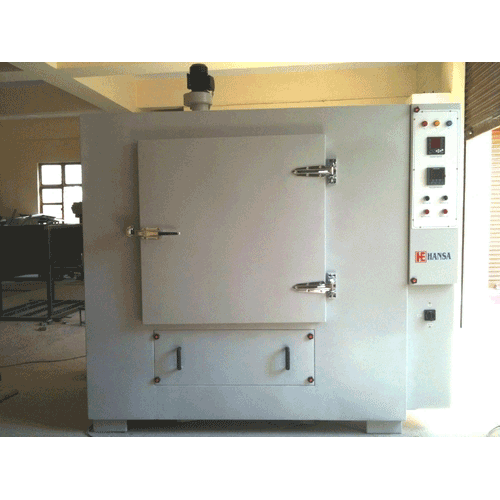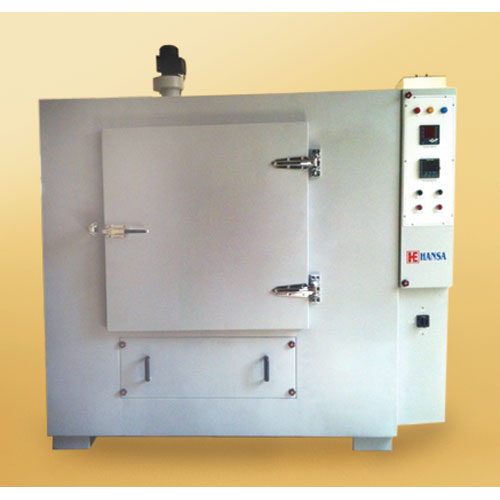Schedule a Call Back
Exploring Exports Amid Global Uncertainty
 Articles
Articles- Jun 03,25

Related Stories


Can India’s Exports Takeoff Amid Global Market Uncertainty?
India's merchandise exports are navigating a complex global landscape marked by economic and geopolitical turbulence, including trade wars. India needs to take multiple measures to build a resilient..
Read more
India eyes $3 trillion industrial opportunity by 2035
Omniscience Capital emphasised that higher domestic consumption—fuelled by rising per capita income—and India’s target of $1 trillion in merchandise exports by 2030 will be major growth driver..
Read moreRelated Products

Heavy Industrial Ovens
Hansa Enterprises offers a wide range of heavy industrial ovens.

High Quality Industrial Ovens
Hansa Enterprises offers a wide range of high quality industrial ovens. Read more

Hydro Extractor
Guruson International offers a wide range of cone hydro extractor. Read more














